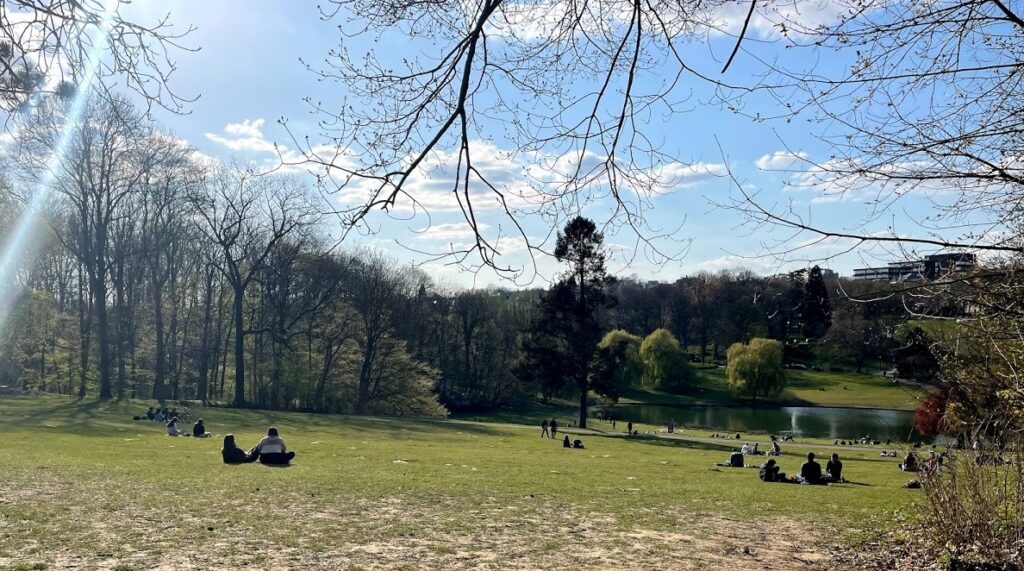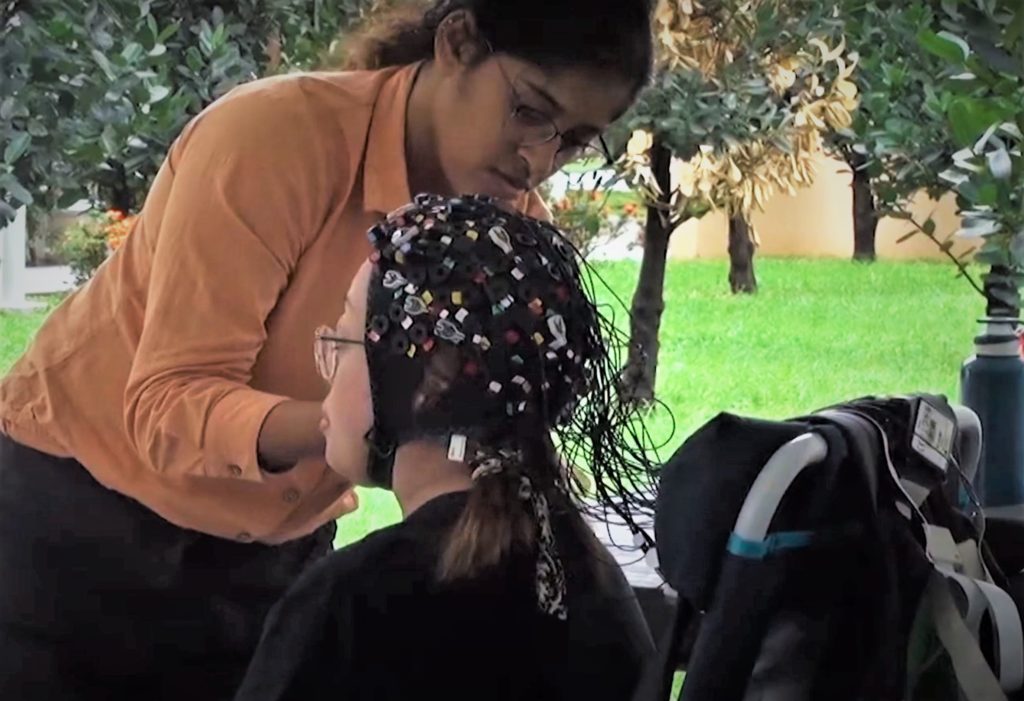The fast-paced urbanization and disconnection of people from nature and the current series of lockdowns, contribute to an increasing burden of mental health disease in cities. Researchers have estimated that it is 39% more likely to develop depression when living in urbanized areas as compared to rural regions [source]. Other mental illnesses and neurodegenerative disorders Read More
Tag: parks
Landscape & Brain – neuroscience data collection outdoors (VIDEO)
Rigorous neuroscience research would question collecting the neuroscience data outdoors, due to too many confounding factors occurring and researchers not being able to control them all. In the sensory exposure research, each participant has to be exposed to the same set of stimuli, which is very difficult if not impossible in an outdoor setting. For Read More


